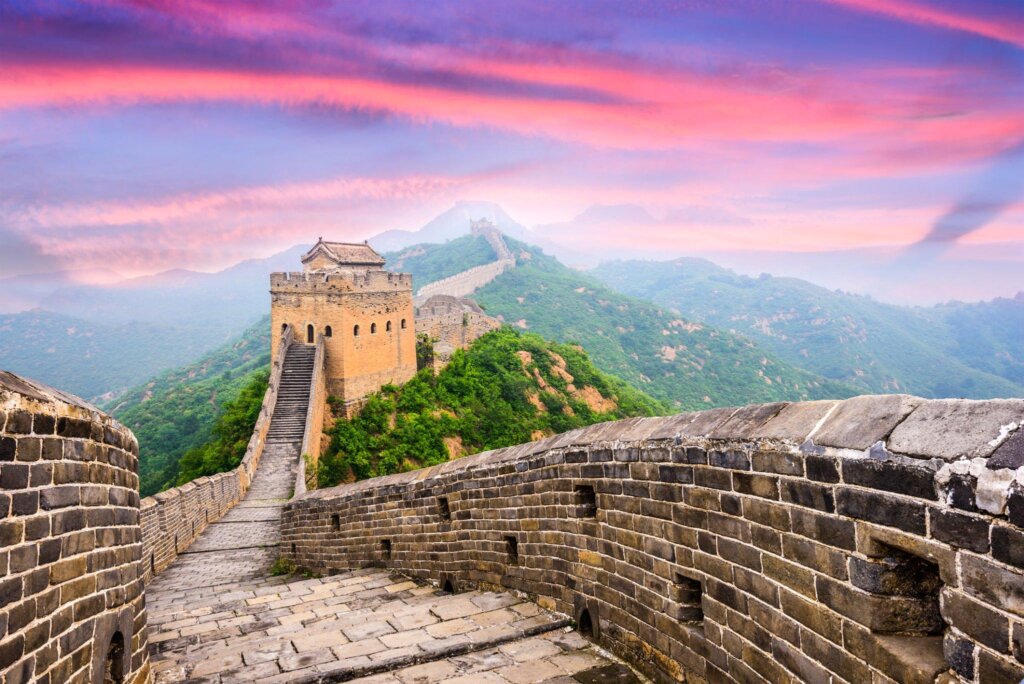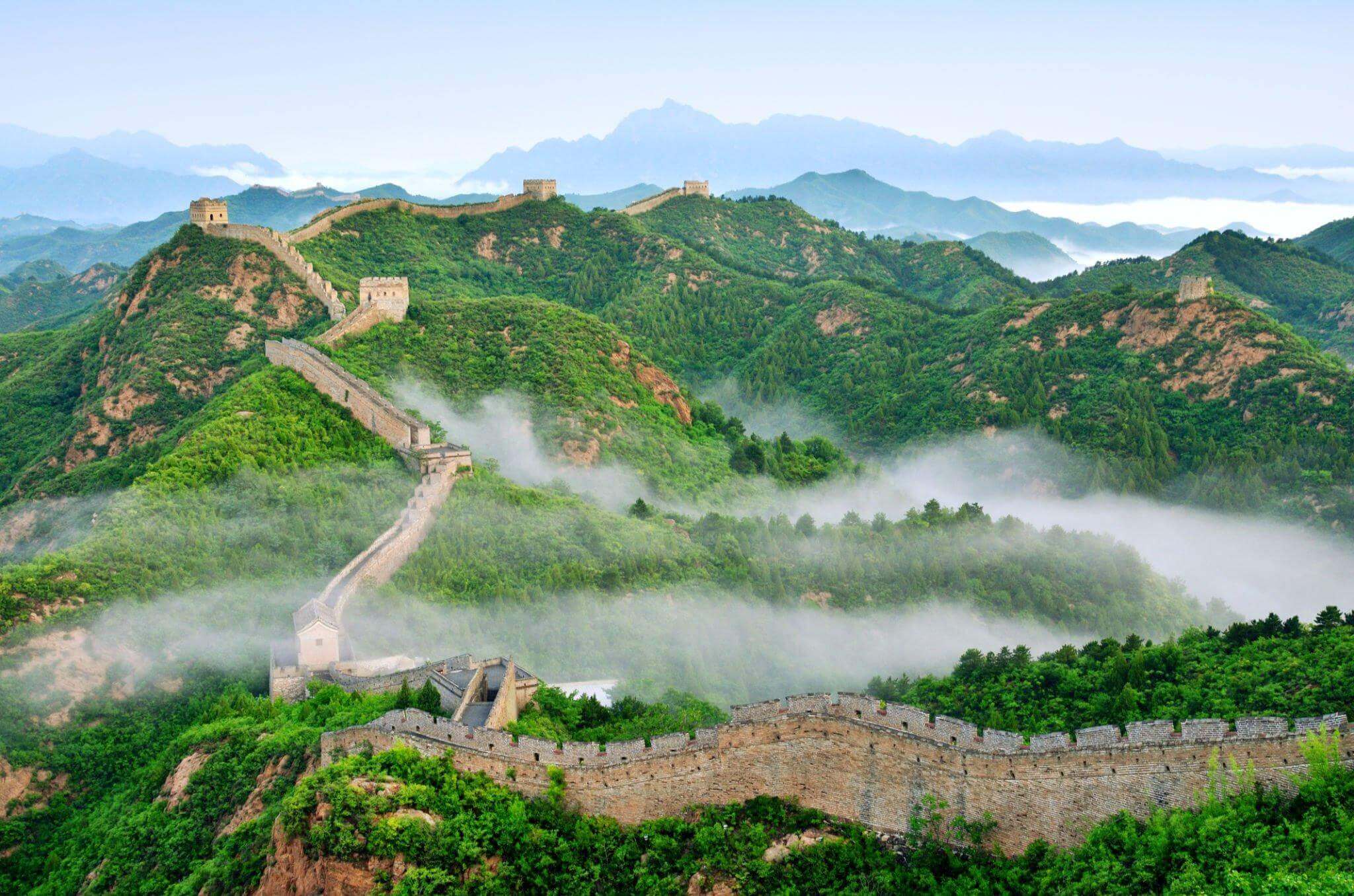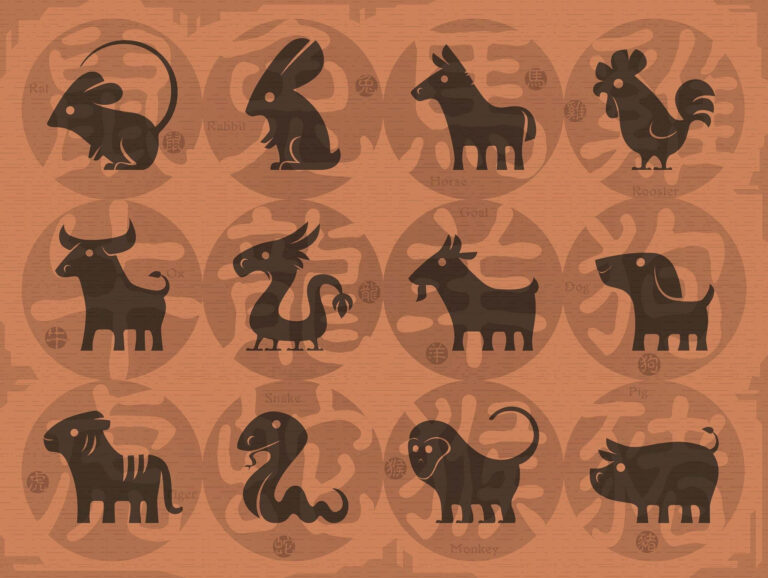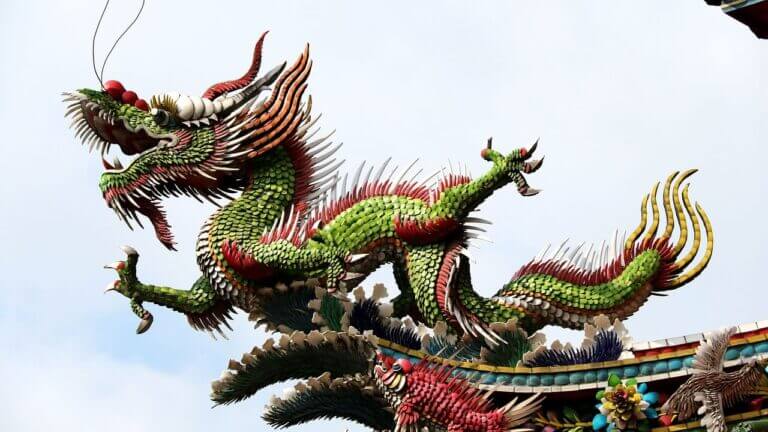List of Contents
The Great History
The Great Wall of China is one of the most iconic structures in the world. Spanning over 13,000 miles, this ancient wonder has been a symbol of strength and defense for centuries. But have you ever wondered about the history and evolution of the Great Wall? Let’s delve into the past and uncover the story behind this remarkable feat of engineering.
The Great Wall as we know it today was built primarily during the Ming dynasty (1368-1644), but its origins date back much further. The earliest sections of the wall were built during the 7th century BC as separate fortifications by various kingdoms in ancient China. Over time, these walls were joined together to form a larger defense system.
It wasn’t until the first emperor of China, Qin Shi Huang, that the idea of a unified wall was realized. He ordered the construction of a single wall to serve as a barrier against invading forces. This wall was the first version of what would eventually become the Great Wall as we know it today.
During the Ming dynasty, the wall was reconstructed and fortified to its current form. Watchtowers, barracks, and fortifications were added to enhance its defensive capabilities. The wall was also expanded to include some of the most remote and rugged terrains in China, making it a formidable obstacle for any potential invaders.
Architecture and Features
The Great Wall of China is composed of various sections and fortifications that were built at different times and by different dynasties. Each section has its own unique architectural features, but the overall design of the wall is characterized by its walls, towers, gates, and beacon towers.
The walls of the Great Wall are typically made of brick or stone and are up to 6 meters tall and 5 meters wide. Some sections of the wall have double walls with a pathway between them, which was used by soldiers to patrol the wall.
The towers of the Great Wall were used as barracks, storage rooms, and watchtowers. They were strategically placed along the wall to provide visibility and protection. The towers come in different shapes and sizes, but most of them have a square or rectangular base with a pointed or rounded top.
The gates of the Great Wall were the main points of entry and exit for soldiers and travelers. They were usually located at the valleys or passes and were fortified with towers and walls to provide additional protection.
The beacon towers of the Great Wall were used as signal stations. They were equipped with fire and smoke signals that could be used to communicate with other beacon towers along the wall.
Features of the Great Wall of China

The Great Wall of China is not only a formidable military defense but also a complex engineering feat and a symbol of China’s rich cultural and architectural heritage. Some of the most notable features of the Great Wall include:
- Length: The Great Wall of China is the longest wall in the world, stretching over 21,000 kilometers.
- Height: The height of the wall varies from section to section, but some parts of the wall are over 8 meters tall.
- Materials: The Great Wall was built with a variety of materials, including brick, stone, tamped earth, and other materials.
- Age: The Great Wall of China is one of the oldest structures in the world, with parts of it dating back over 2,000 years.
Cultural Significance
The Great Wall of China is not just a massive architectural feat, but it also holds a significant place in Chinese culture and history. The wall represents the ingenuity, determination, and cultural heritage of the Chinese people, and it continues to be an important symbol of national pride and identity.
1. A Symbol of National Unity
The Great Wall of China is a symbol of national unity, representing the efforts of different dynasties to protect their people from invaders. Throughout history, the wall has played a vital role in the defense of China and has helped to maintain the country’s territorial integrity. This is why the Great Wall is widely recognized as a symbol of China’s strength and unity.
2. Representation of Cultural Heritage
The Great Wall of China is a representation of China’s rich cultural heritage. The wall has been built and expanded over thousands of years, and each dynasty that has contributed to its construction has left its own unique imprint on the wall. This makes the Great Wall of China a cultural treasure, rich in history and heritage.
3. Tourist Destination
Today, the Great Wall of China is a popular tourist destination, attracting millions of visitors from around the world every year. Visitors come to marvel at the architectural wonder of the wall and to experience its rich cultural heritage. The Great Wall is also an important source of income for many local communities, that have built businesses around tourism.
4. An Iconic Landmark
The Great Wall of China is an iconic landmark, widely recognized around the world. The wall has been featured in many films, TV shows, and books, and it continues to inspire artists and writers. Its cultural significance has made it an important part of Chinese identity, and it remains an iconic symbol of the country’s rich cultural heritage.
Maintenance and Preservation Challenges
The Great Wall of China has faced numerous challenges over the years, including erosion, theft of bricks, and damage from natural disasters such as earthquakes and landslides. The wall has also been subjected to damage from tourists, who climb the wall and leave graffiti on it.
To address these challenges, the Chinese government has undertaken various efforts to preserve and maintain the Great Wall of China. These efforts include:
- Restoration Projects: The government has launched several restoration projects to repair and reinforce sections of the wall that have been damaged over time. These projects use traditional building techniques and materials to ensure the authenticity of the wall is preserved.
- Monitoring Programs: The government has established monitoring programs to detect and prevent damage to the wall. This includes regular inspections, monitoring of natural disasters, and monitoring of tourist activities.
- Protection Measures: The government has implemented various protection measures to prevent theft and damage to the wall. This includes installing security cameras and limiting the number of tourists allowed on the wall at any one time.
- Education Programs: The government has launched education programs to educate tourists about the importance of the Great Wall of China and to promote responsible tourism practices.
Preserving the Legacy
The preservation and maintenance of the Great Wall of China are important not only for its architectural and engineering significance but also for its cultural and historical legacy. The wall is a symbol of China’s strength, unity, and cultural richness, and it is essential to preserve it for future generations.
It is an ongoing effort that requires the cooperation of various stakeholders, including the government, tourists, and local communities. These efforts aim to ensure that the wall remains a symbol of China’s cultural heritage and a source of national pride for generations to come.







